Unveiling the Castillo de Colomares, a Spanish masterpiece, that celebrates the life and expeditions of Christopher Columbus.
Constructed between 1987 and 1994 by Dr. Esteban Martín Martín, this ornate monument captures the essence of Columbus’s journey using brick, stone, and cement.
Spanning 1,500 meters, it stands as the largest tribute to the explorer and houses the world’s tiniest church.
1. A Monument to Columbus
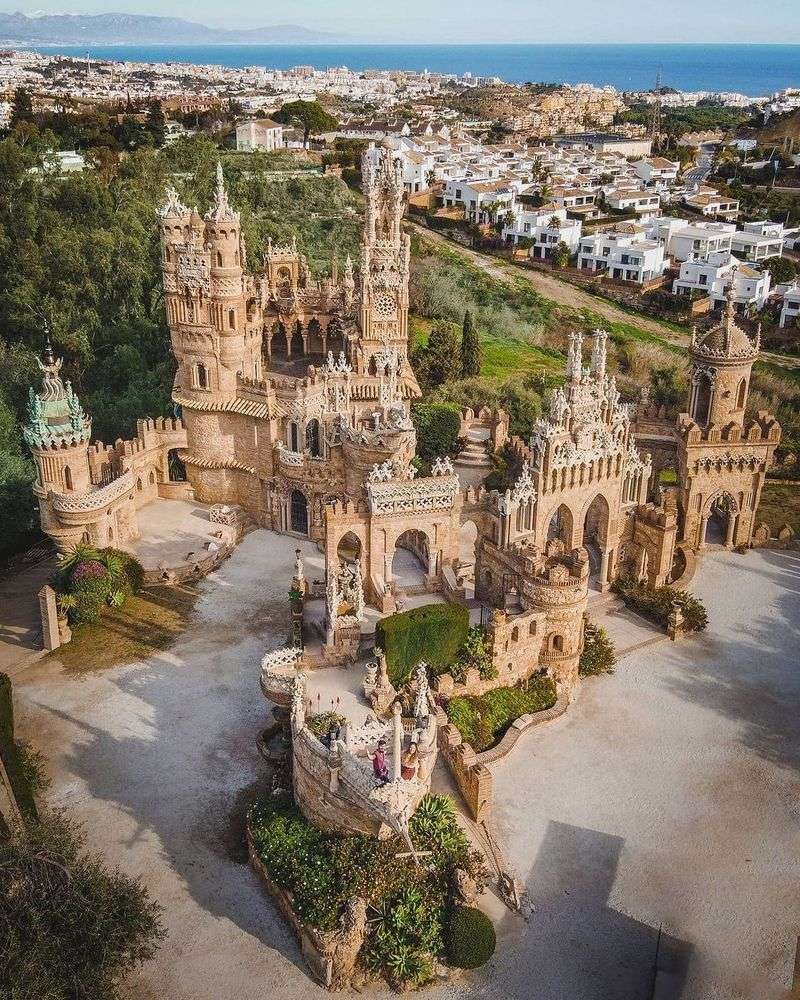
The Castillo de Colomares is a monumental tribute to Christopher Columbus, symbolizing his remarkable life and voyages.
Established in Benalmádena, Spain, this structure, built from 1987 to 1994, is not just an architectural marvel but also an homage to exploration.
It encapsulates Columbus’s spirit and legacy through artful details in brick and stone.
2. The Architect’s Vision
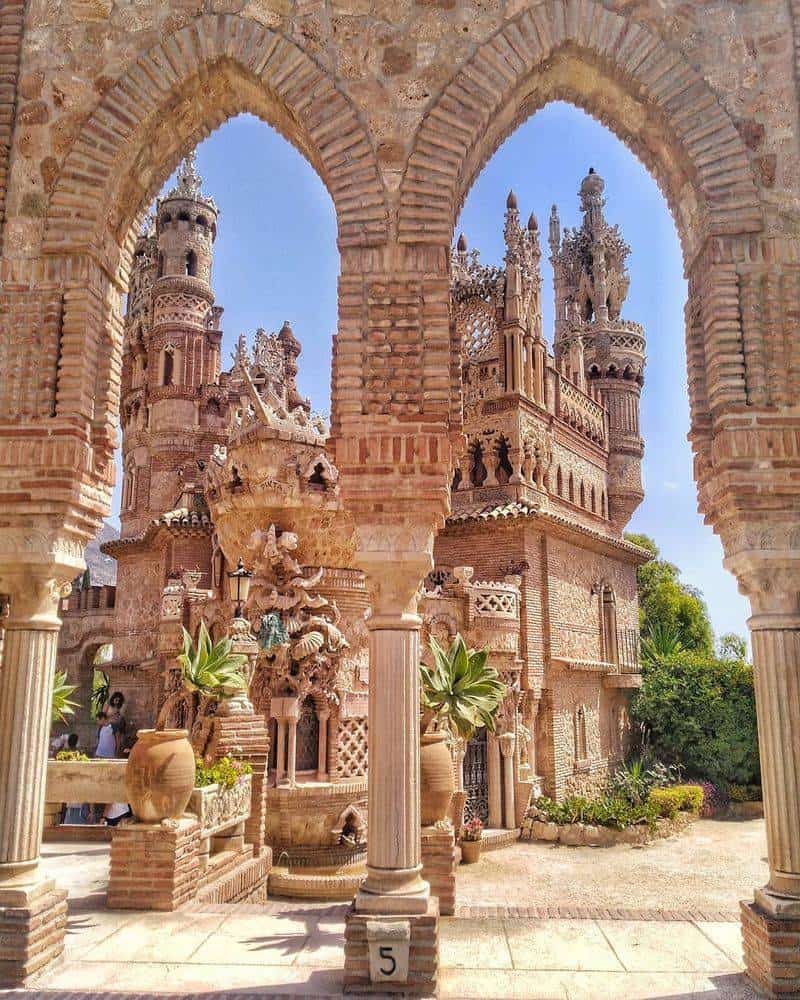
Visionary Dr. Esteban Martín Martín masterminded this unique tribute, employing his vast knowledge of art, history, and architecture.
With two masons, he created this iconic monument over seven years.
The structure reflects Columbus’s journey in a stony narrative, making it a singular piece of storytelling through architecture.
3. The World’s Smallest Church

Nestled within Colomares is the world’s smallest church, a mere 1.96 square meters. This petite place of worship adds a touch of quaint serenity to the grand monument.
Despite its size, it symbolizes the monumental faith that fueled Columbus’s endeavors across uncharted waters.
4. Columbus’s Maritime Dream
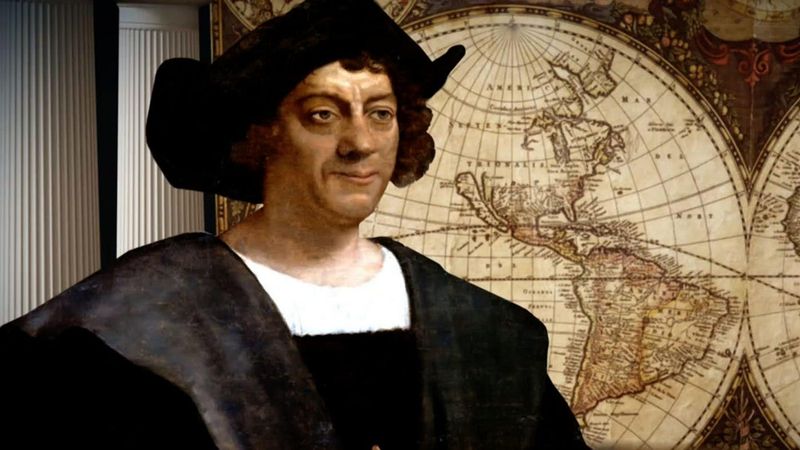
Christopher Columbus, a navigator with dreams of the sea, presented his bold exploration plan to various states.
Only Spain’s Catholic Monarchs embraced his vision, setting the stage for a historic voyage.
This element of Colomares celebrates the tenacity and foresight of both Columbus and his supporters.
5. The Seafaring Companions
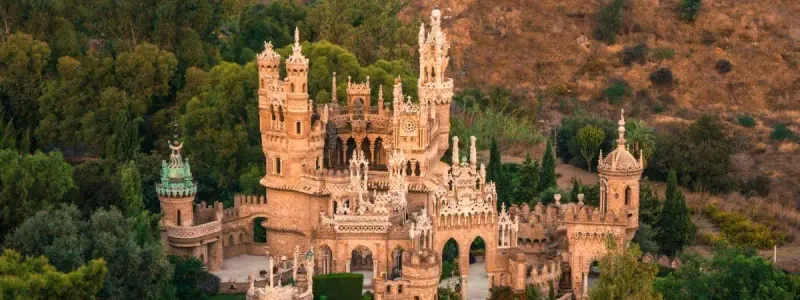
In his quest, Columbus found skilled mariners in Palos de la Frontera. Martín Alonso Pinzón played a pivotal role, rallying seasoned sailors to join Columbus.
The monument features a bronze horse, a nod to Pinzón’s leadership and the adventurous spirit of these seafaring “sea lions.”
6. Voyage and Discovery
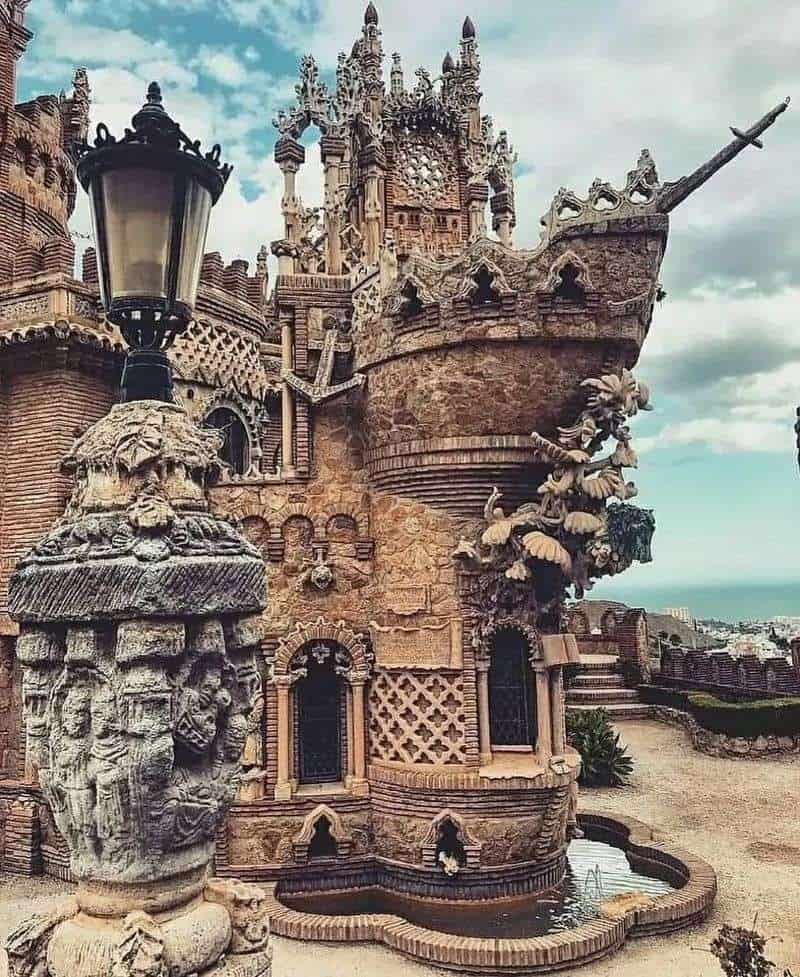
The Niña, Pinta, and Santa María—Columbus’s iconic ships—are immortalized at Colomares.
Departing Palos on August 3, 1492, with 96 Andalusian crew members, they braved the unknown.
After provisioning in the Canary Islands, they reached San Salvador, marking a monumental 33-day journey into new horizons.
7. San Salvador’s Sailor Bell

Upon reaching an island on October 12, 1492, Columbus named it SAN SALVADOR.
The Castillo de Colomares features a small oratory with Christ’s image and a sailor bell, commemorating this landfall and its historical significance, echoing faith and discovery.
8. The Ships’ Symbolism
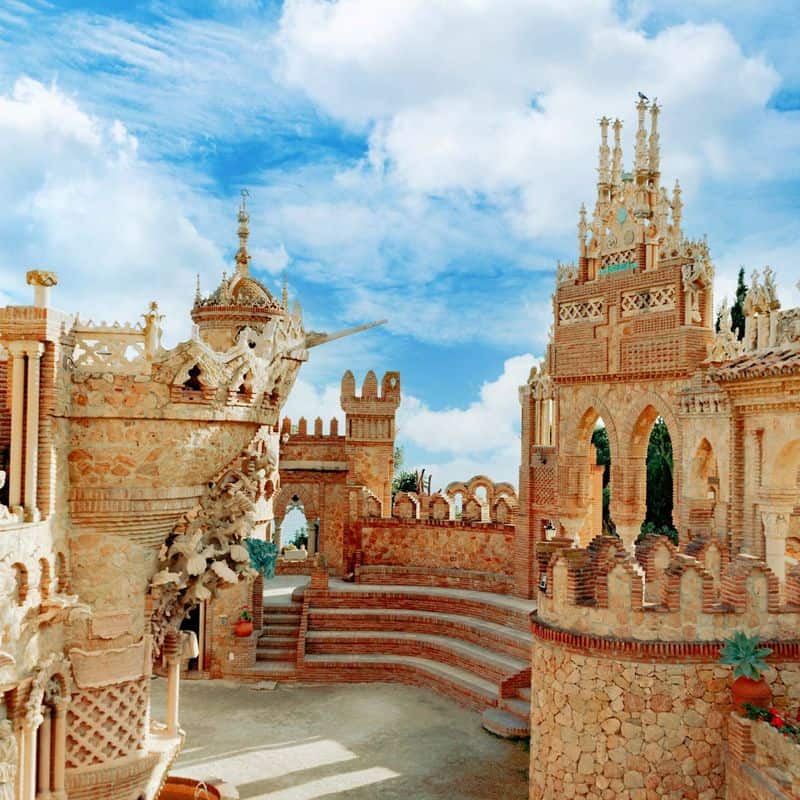
The monument creatively represents Columbus’s vessels. La Niña, perched atop, reflects La Rabida’s arch.
La Pinta decorates the façade, upheld by a Pegasus-like horse.
The isolated Santa María, marking its untimely wreck, serves as a somber reminder of the expedition’s perils and triumphs.
9. Columbus’s Eternal Journey
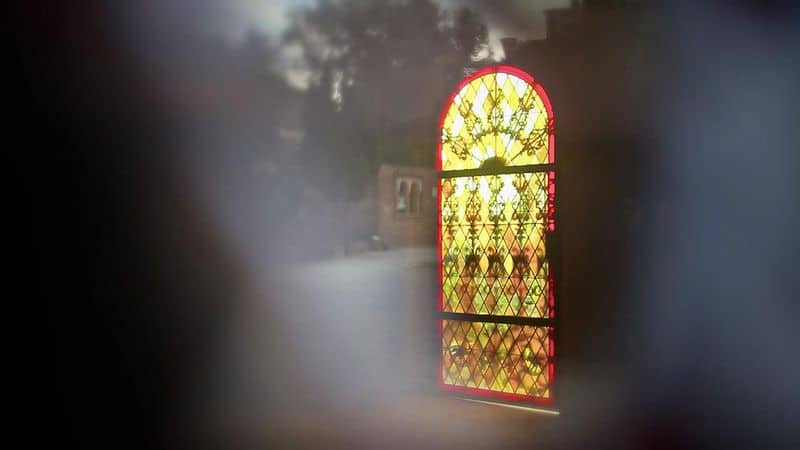
Colomares houses a Gothic rose window-topped mausoleum, signifying Columbus’s ‘fifth voyage’ to eternity.
Although his final resting place and birthplace remain mysteries, his enduring influence on history resonates in this symbolic journey, etched in stone.
10. Impact of Discovery

The monument honors Spain, particularly Andalusia, pivotal in the epochal discovery.
Featuring Queen Isabel’s bronze shields, it acknowledges her faith in Columbus.
This era-defining event, seen as a turning point for humanity, is immortalized in the artistic blend of history and tribute.

